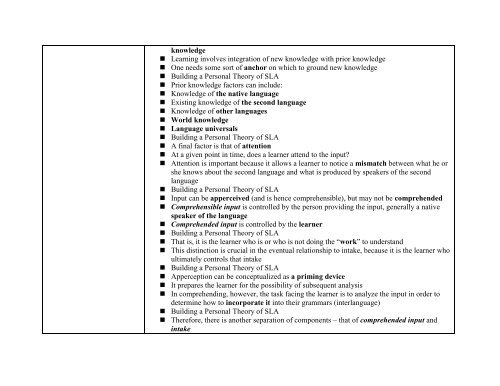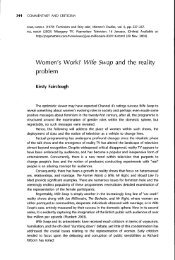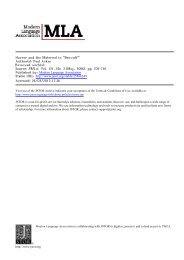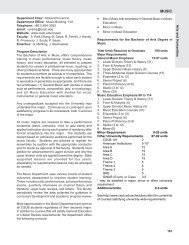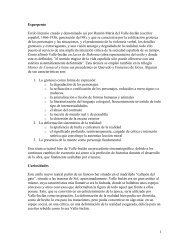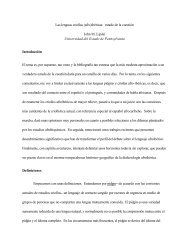English 418 Second Language Acquisition Session Twenty Four ...
English 418 Second Language Acquisition Session Twenty Four ...
English 418 Second Language Acquisition Session Twenty Four ...
Create successful ePaper yourself
Turn your PDF publications into a flip-book with our unique Google optimized e-Paper software.
knowledge<br />
• Learning involves integration of new knowledge with prior knowledge<br />
• One needs some sort of anchor on which to ground new knowledge<br />
• Building a Personal Theory of SLA<br />
• Prior knowledge factors can include:<br />
• Knowledge of the native language<br />
• Existing knowledge of the second language<br />
• Knowledge of other languages<br />
• World knowledge<br />
• <strong>Language</strong> universals<br />
• Building a Personal Theory of SLA<br />
• A final factor is that of attention<br />
• At a given point in time, does a learner attend to the input?<br />
• Attention is important because it allows a learner to notice a mismatch between what he or<br />
she knows about the second language and what is produced by speakers of the second<br />
language<br />
• Building a Personal Theory of SLA<br />
• Input can be apperceived (and is hence comprehensible), but may not be comprehended<br />
• Comprehensible input is controlled by the person providing the input, generally a native<br />
speaker of the language<br />
• Comprehended input is controlled by the learner<br />
• Building a Personal Theory of SLA<br />
• That is, it is the learner who is or who is not doing the “work” to understand<br />
• This distinction is crucial in the eventual relationship to intake, because it is the learner who<br />
ultimately controls that intake<br />
• Building a Personal Theory of SLA<br />
• Apperception can be conceptualized as a priming device<br />
• It prepares the learner for the possibility of subsequent analysis<br />
• In comprehending, however, the task facing the learner is to analyze the input in order to<br />
determine how to incorporate it into their grammars (interlanguage)<br />
• Building a Personal Theory of SLA<br />
• Therefore, there is another separation of components – that of comprehended input and<br />
intake


